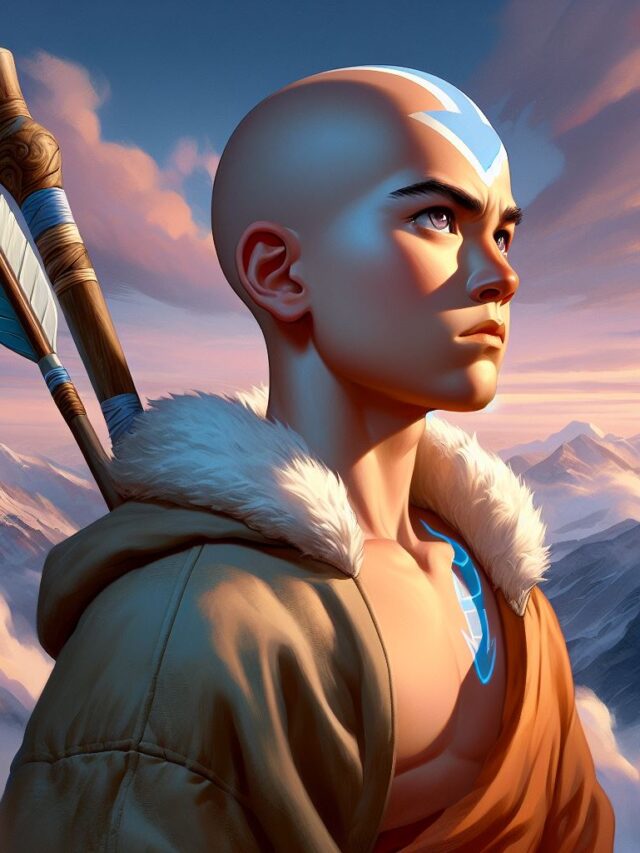Reference




OpenAI's Answer
In the Netflix adaptation of "Avatar: The Last Airbender," there are several differences in the battle scenes compared to the original series:
-
Tone and Violence: The adaptation adopts a darker tone, incorporating more violence compared to the original animated series. These changes impact the portrayal of the war and the characters' interactions during battle scenes source.
-
Character Dynamics: Key battles in the Netflix version lower the personal stakes, which affects character growth and development. This can be seen in changes to pivotal character moments, such as the battle involving Katara and Pakku source.
-
Story Adjustments: Some battles serve as opportunities to incorporate additional plot points that were originally spread across different episodes in the animated series. This includes significant character encounters and plot developments taking place during or around battle scenes source.
These changes reflect Netflix's creative direction in reimagining the series while attempting to capture new audiences.
Follow Up
Related
Which adaptations have been made from the works of W. Somerset Maugham?
How do soldiers adapt their behavior and language to their war environment?
What adaptations have been made of the novel 'Address Unknown'?
What were the challenges Shunsuke Nakamura faced adapting to Espanyol?
What adaptations help jacanas walk on floating vegetation in lakes?